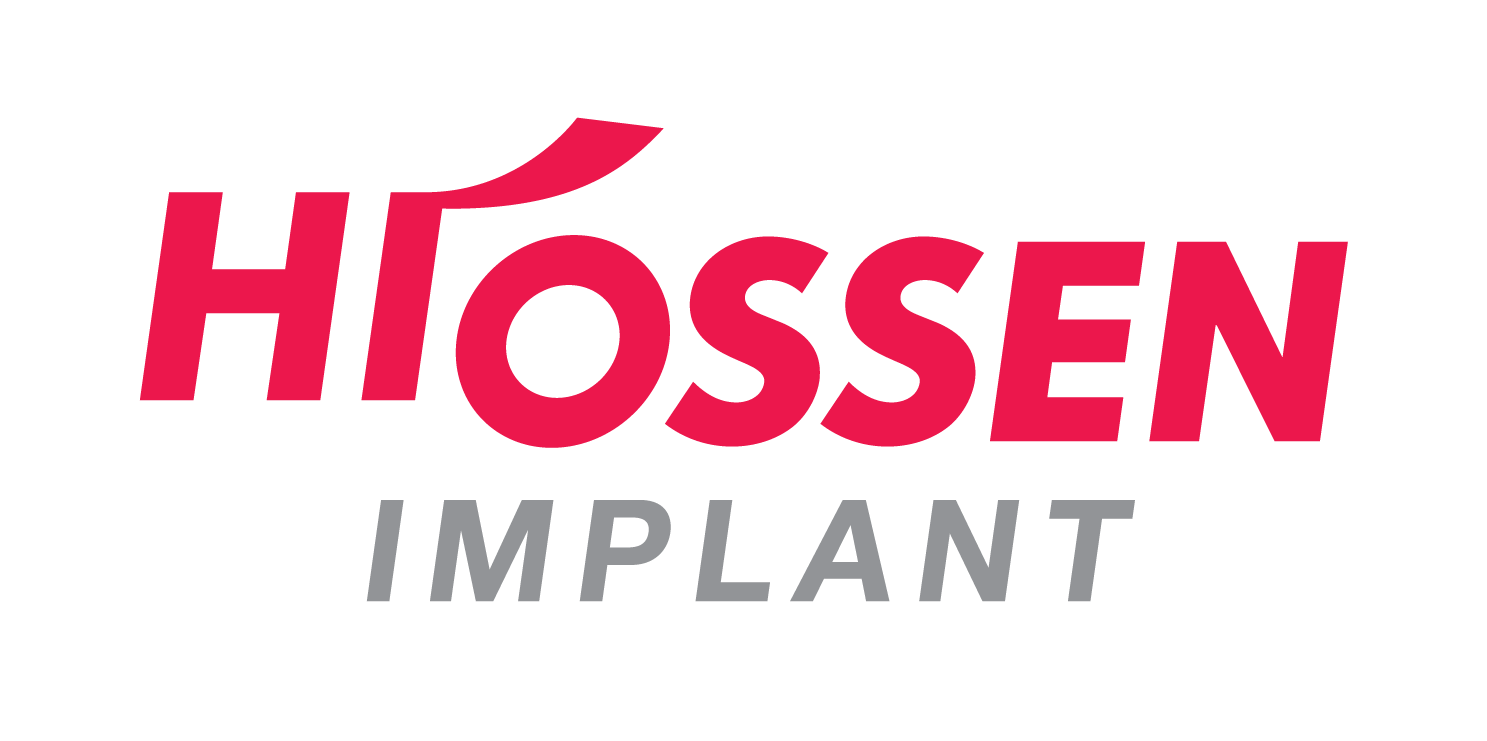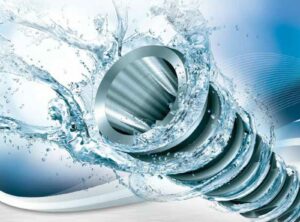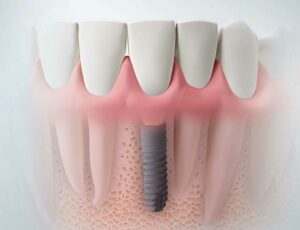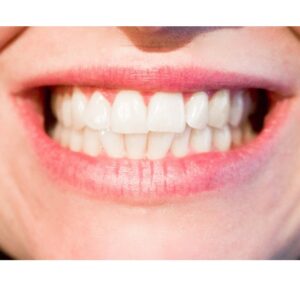When you’re performing your dental implant procedures, you might wonder whether you should be using cemented or screw-retained implant crowns. If so, you aren’t alone — professionals have debated the choice for years. The success rates for both methods are equally high, and both permanently secure the prosthesis to the implant. So how do you choose which is best for your practice?
The decision is a complex one based on several points of consideration. We’ve put together this list of pros and cons to help you decide whether to use cemented or screw-retained implant crowns.
What Are Cemented and Screw-Retained Implants?
Every type of dental implant has three main parts — the metal, root-like fixture you insert into the patient’s gum, the abutment that juts out of the gumline and the visible prosthesis. Apart from these shared features, implants are known for their vast variety. One of the ways implant types differ is in how the prosthesis attaches to the implant — whether by cement or a removable screw.
Cemented attachments feature a crown cemented to the implant. On the other hand, screw-retained implants screw into the post through the abutment. Neither is the “right” or “wrong” way to secure the implant. Rather, both methods have several pros and cons that you should consider when choosing which is right for you.
Pros and Cons of Cemented Implants
Cementation is probably the most commonly used method of the two types of attachment styles. It has several benefits that make it an attractive fit for many dental practices, including:
- Esthetics: Cemented implants provide a superior appearance versus screw-retained crowns, so many professionals choose cementation for implants in the esthetic zone. By cementing the prosthesis to the implant, you reduce the need for an access hole. The result looks just like a natural tooth.
- Resistance: Cement-retained implants are known for their increased resistance against porcelain fracture, which may help the prosthesis look better longer.
However, cemented implant crowns also have a few drawbacks you should consider before making cementation your method of choice. These cons include:
- Removal: Crowns that are cemented into the implant are notoriously hard to remove from the patient’s mouth. If you need to perform any repairs over the implant’s lifetime, you’ll likely need to destroy the entire crown to access the screw. The result is increased costs as you remake the whole prosthesis.
- Excess cement: With the creation of cement that’s practically invisible, it can be easy to leave behind extra adhesive as you’re cleaning up the implant area. This excess can easily harbor bacteria, which could compromise osseointegration and lead to an increased risk of dental implant cement failure. Cement can also cause gum inflammation and potential bone loss in more sensitive clients.
Pros and Cons of Screw-Retained Implants
Screw-retained implant bridges and crowns also offer unique advantages that many dental professionals enjoy:
- Access: Screw-retained prosthetics are far easier to access if they ever become damaged or worn. All you’ll have to do is remove the screw for a repair, replacement or cleaning.
- Lack of cement: A screw-based approach eliminates the need for any cement in the patient’s mouth. Since you won’t have to worry about excess cement residue colonizing bacteria around the implant site, you might prefer screw-retained implants for sensitive patients who might be prone to complications.
On the other hand, you should also take the following disadvantages into account before choosing screw-supported restorations:
- Appearance: Many patients are concerned with the cosmetic problems posed by the screw access hole — particularly in the esthetic zone. Although you can cover the hole with a tooth-colored filling, it may still appear noticeably uneven.
- Complications: Screw-retained restorations are prone to more complications than cemented implants. Since the material around the screw access hole is left unsupported, the surrounding porcelain is more likely to fracture. The screws might also loosen from day-to-day cyclical loading due to food chewing.
Choosing Screw Versus Cemented Implant Restorations
In the end, the choice to use screw-retained or cemented crowns is entirely yours. You may make this decision based on factors like the implants’ location, the body’s reactions to the cement or even just your personal preference. No matter which type you choose, you’ll be able to deliver lifelike results for a smile that lasts a lifetime.
As a leader in the dental implant industry, Hiossen® Implant offers implant systems of many types to suit your practice. Each of our products is backed by extensive research and years of expertise, so you can relax knowing your patients’ smiles are in good hands. Contact us for more information about our implant solutions or to learn more about choosing cement versus screw-retained implant crowns.




